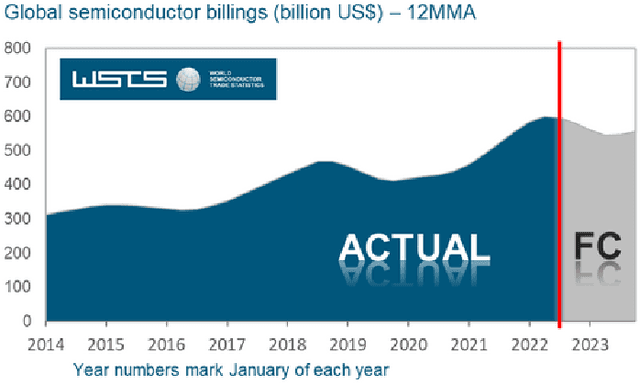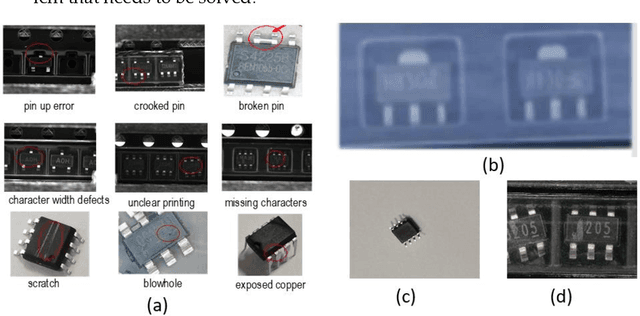Jianlan Guo
IIP-Mixer:Intra-Inter Patch Mixing Architecture for Battery Remaining Useful Life Prediction
Mar 27, 2024



Abstract:Accurately estimating the Remaining Useful Life (RUL) of lithium-ion batteries is crucial for maintaining the safe and stable operation of rechargeable battery management systems. However, this task is often challenging due to the complex temporal dynamics involved. Recently, attention-based networks, such as Transformers and Informer, have been the popular architecture in time series forecasting. Despite their effectiveness, these models with abundant parameters necessitate substantial training time to unravel temporal patterns. To tackle these challenges, we propose a simple MLP-Mixer-based architecture named 'Intra-Inter Patch Mixer' (IIP-Mixer), which is an architecture based exclusively on multi-layer perceptrons (MLPs), extracting information by mixing operations along both intra-patch and inter-patch dimensions for battery RUL prediction. The proposed IIP-Mixer comprises parallel dual-head mixer layers: the intra-patch mixing MLP, capturing local temporal patterns in the short-term period, and the inter-patch mixing MLP, capturing global temporal patterns in the long-term period. Notably, to address the varying importance of features in RUL prediction, we introduce a weighted loss function in the MLP-Mixer-based architecture, marking the first time such an approach has been employed. Our experiments demonstrate that IIP-Mixer achieves competitive performance in battery RUL prediction, outperforming other popular time-series frameworks
IH-ViT: Vision Transformer-based Integrated Circuit Appear-ance Defect Detection
Feb 09, 2023



Abstract:For the problems of low recognition rate and slow recognition speed of traditional detection methods in IC appearance defect detection, we propose an IC appearance defect detection algo-rithm IH-ViT. Our proposed model takes advantage of the respective strengths of CNN and ViT to acquire image features from both local and global aspects, and finally fuses the two features for decision making to determine the class of defects, thus obtaining better accuracy of IC defect recognition. To address the problem that IC appearance defects are mainly reflected in the dif-ferences in details, which are difficult to identify by traditional algorithms, we improved the tra-ditional ViT by performing an additional convolution operation inside the batch. For the problem of information imbalance of samples due to diverse sources of data sets, we adopt a dual-channel image segmentation technique to further improve the accuracy of IC appearance defects. Finally, after testing, our proposed hybrid IH-ViT model achieved 72.51% accuracy, which is 2.8% and 6.06% higher than ResNet50 and ViT models alone. The proposed algorithm can quickly and accurately detect the defect status of IC appearance and effectively improve the productivity of IC packaging and testing companies.
 Add to Chrome
Add to Chrome Add to Firefox
Add to Firefox Add to Edge
Add to Edge